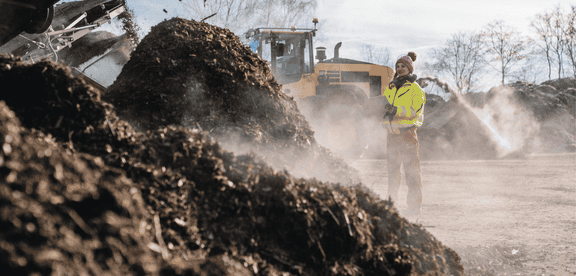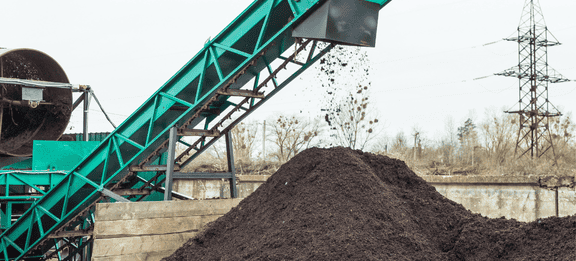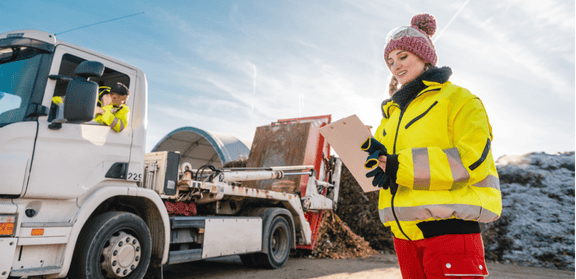Compost Pathogen Removal
Due to the higher temperatures achieved in hot composting pathogens are generally killed off making the compost suitable for use. Temperatures in which the pathogens die depends on the temperature, the type of pathogen and the pH level. It is advised that for compost that has not attained a thermophilic phase sufficient personal protective equipment (PPE) is used.
The Benefits of Composting
The activity of composting has multiple benefits throughout the supply chain. It reduces wastes, these wastes are often sent to landfill, which can cause harmful methane gas when buried. Composting sequesters carbon in the soil and added compost. Compost are recycled materials that can aid in soil enrichment. Adding organic matter, increasing nutrient content and biodiversity of microbes. Conserves and reduces water use and runoff. Improves plant growth and crop yield. Reduces the reliance on chemical fertilisers. Small scale operations tend to keep waste and compost local, so no additional footprint is associated with the recycling process. Promotes local food production. There is an economic benefit in creating green focused employment. Reduction in the logistics costs of waste removal and disposal.
Composting Materials
Compostable materials or feedstock can include a range of residual, agricultural and commercial organic waste streams. Household food, garden or ‘yard’ waste can be collected for large-scale municipal operations or local community-based composting projects.
Organic Solid Waste – commonly described as green and brown waste and includes food waste, grass and garden wastes and fresh leaves. Animal By Products (ABP) can also be composted as nitrogen sources.
Brown organic wastes such as dried vegetation and wood materials, leaves, straw, woodchips, branches, logs, pine needles, sawdust and wood ash, paper and plain cardboard are carbon sources.
Animal Manure & Bedding – manure is a carbon source while bedding, straw and sawdust are great carbon sources. Sources of manure should be mixed with relevant carbon sources as can contain varying degrees of nitrogen.
Human Waste – or ‘Humanure’ in the context of composting as it is nutrient-rich organic materials high in nitrogen. Liquid human waste is high in phosphorus helping plants to convert sunlight into energy by photosynthesis.
Solid human waste can be collected in composting toilets or sewage sludge after appropriate treatment in sewage treatment centres. Capable design and treatment is necessary due to health risks posed by bacteria, viruses and contaminants such as pharmaceutical compounds. Urine can be used directly as does not contain the types of pathogens or contaminants in human solid waste.
Human Bodies – Human Composting, natural organic reduction or terramation has been a long standing practice. A rapid process has been developed where the human remains are encased in organic matter until thermophilic microbes decompose the body in as little as 1-2 months.






